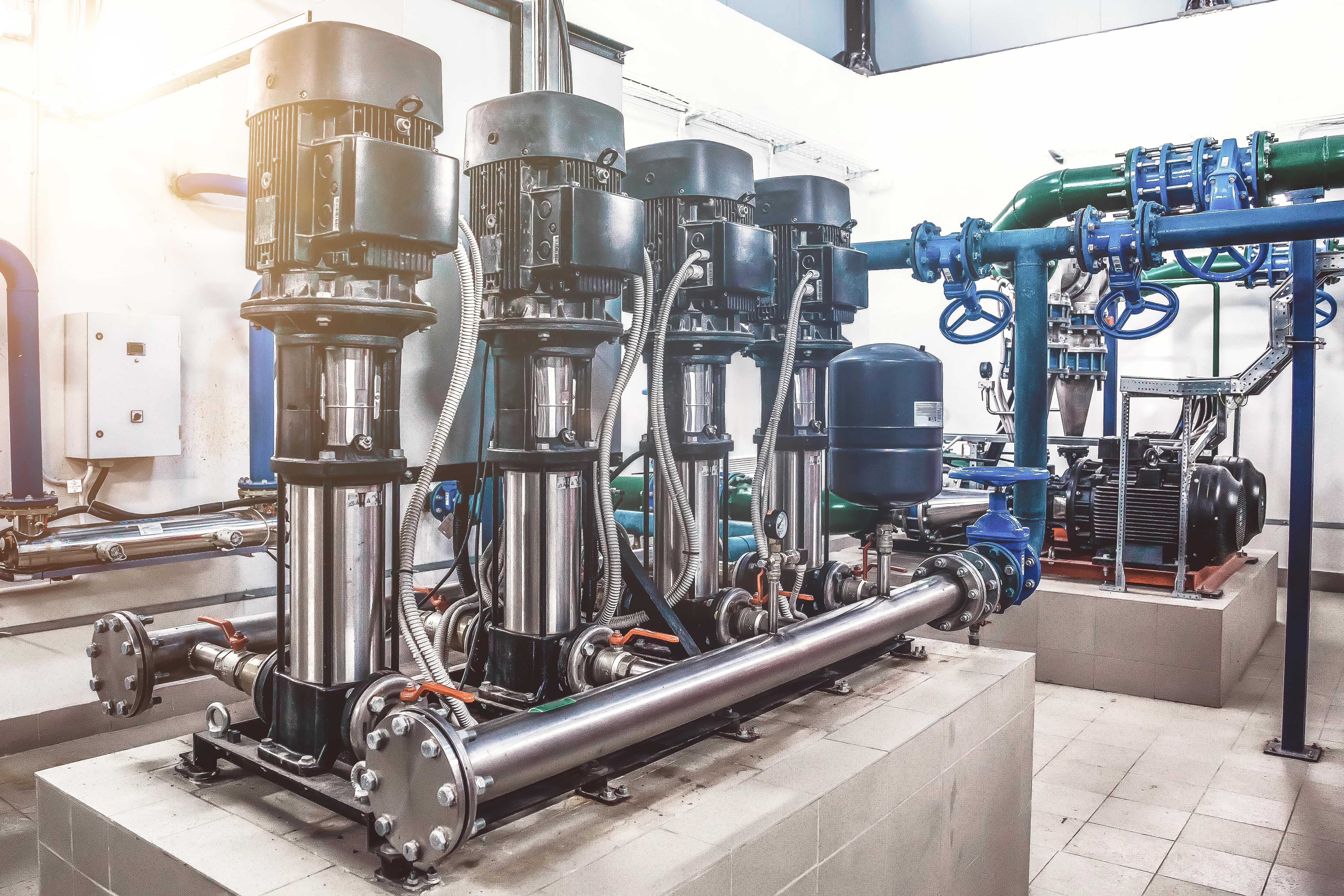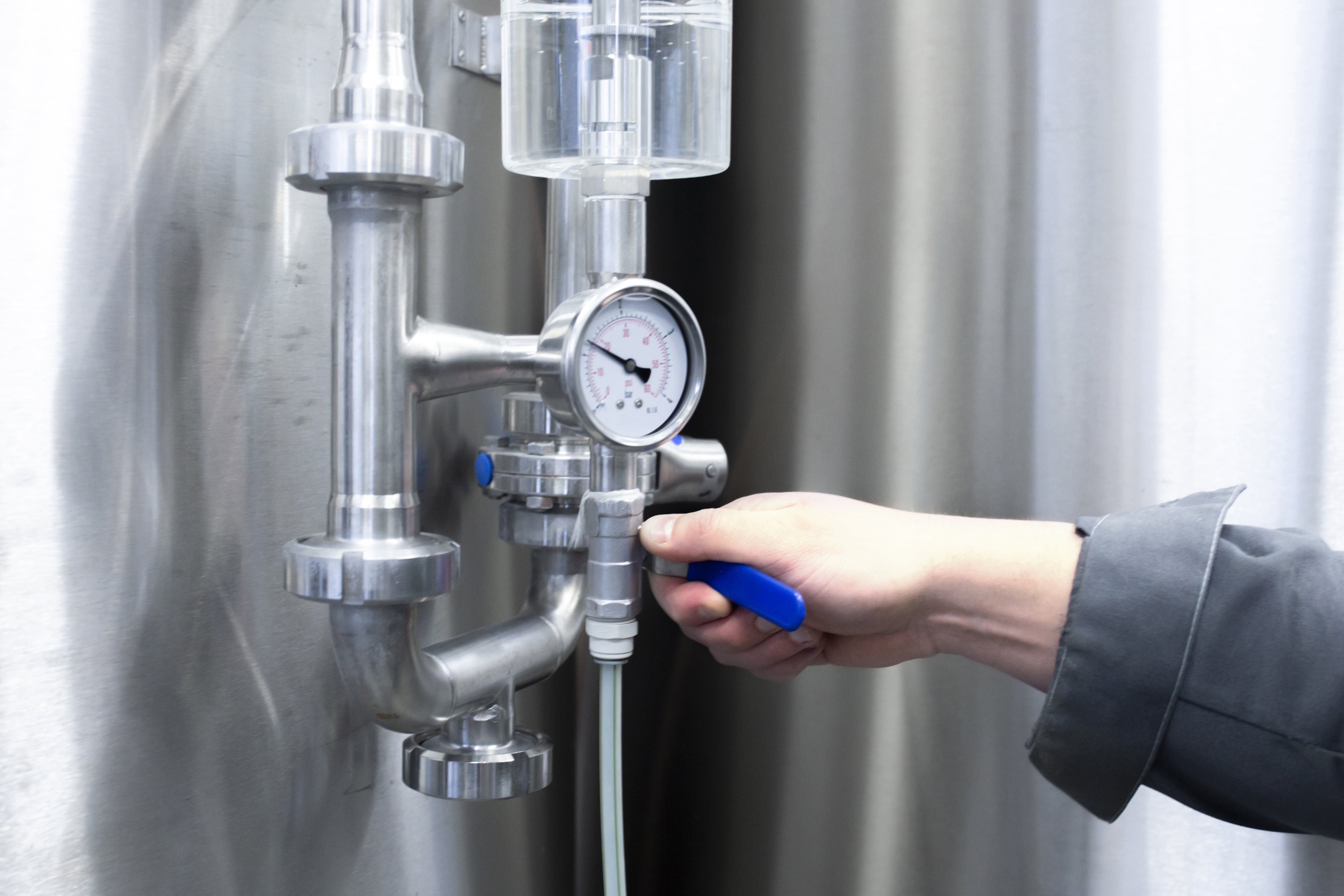- Published 19 Dec 2023
- Last Modified 19 Dec 2023
- 5 min
How Pump Stations Can Lower Their Carbon Footprint
Learn how pump stations can reduce their carbon footprint with energy-saving solutions and intelligent water pump selections.

Reducing Energy Consumption and Lowering Carbon Footprint in Pump Stations
Pump stations are essential for managing the flow of fluids in various industrial and municipal applications, such as water treatment, sewage handling, and irrigation systems. They work by using pumps to move liquids from one place to another, which is vital for processes like distributing drinking water or treating wastewater.
However, while essential, pump station operations are also associated with high energy consumption and large carbon footprints. This is attributed to factors like inefficient design, oversized pumps, and constant running regardless of demand.
Singapore uses about 440 million gallons of water every day, with water demand expected to double by 2065. This increase in demand is largely driven by the commercial and industrial sectors, which are projected to use 55% of the total water supply, rising to 60% in the future.
The situation has led to a heightened focus on managing water consumption and other green initiatives within Singapore’s industrial sector. Additionally, starting 1st January 2024, PUB is implementing water consumption and recycling requirements for new projects in water-intensive industries such as wafer fabrication and electronics.
In this article, we will delve into various strategies that pump stations in Singapore can implement to reduce their water consumption, increase their energy efficiency and reduce their carbon footprint, aligning with the nation's commitment to sustainable water usage.

Energy-Saving Solutions for Pump Station Operations
Pump stations play a vital role in society, facilitating essential services in industries and communities. As a result, it’s important to find energy-saving solutions that strike a balance between providing efficient service and environmental sustainability. To do so, we can adopt a balanced approach that includes smart component selection and best practices for more energy-efficient operations.
1. Choose the Right Pump for the Application
Oversized or undersized pumps can lead to inefficiencies in energy consumption. Assessing the required flow rate and matching it with the appropriate pump ensures optimal performance and energy efficiency. Some factors to consider when choosing a water pump include the volume of fluid to be moved, the distance it needs to be transported, and the height the pump must overcome.
** 2. Minimise Pressure Drop in the System **
Increased pressure drops in a pumping system can lead to higher energy consumption as the pump needs to work harder to maintain the desired flow rate against the pressure difference.
To improve energy efficiency, pump stations should aim for consistent pressure throughout the system. This can be achieved by reducing bends and restrictions and using pipes with uniform diameters, ensuring smoother flow and less strain on the pump.
3. Effective Use of Control Valves
Control valves regulate flow and pressure in a system. Valves with advanced modulation capabilities can increase energy efficiency by allowing for more precise control over flow rates. At the same time, properly sized control valves can also minimise energy loss by reducing the need for the pump to work against excessive pressure or flow resistance.
Effective use of these control valves means adjusting flow based on current demand — reducing it during low-demand periods and increasing it when demand is high. This approach ensures the pump station operates efficiently, matching energy use to the immediate needs of those using the system.
4. Selecting the Best Pump Seals for Efficiency
Pump seals come in various types, each offering different levels of efficiency. Mechanical seals are highly efficient with minimal leakage, while lip seals, suitable for less demanding conditions, provide a cost-effective solution with adequate sealing for lower pressures.
Choosing the right seal can help to prevent leakage and reduce friction, allowing the pump to operate more smoothly and use less power.
5. Regular Pump Maintenance
Neglecting regular maintenance of pumps can lead to several issues, such as increased wear and tear, reduced efficiency, and even system failures. These issues not only increase energy consumption but also lead to costly repairs and downtime.
Regular maintenance of pumps is essential to keeping operations running smoothly. This includes tasks such as inspecting and replacing worn components, lubricating moving parts, and checking system alignment. Routine maintenance helps to identify and rectify issues like seal leaks or misalignments, which can lead to inefficiencies in the system.
6. Eliminating Unnecessary Uses of Pumps
Eliminating non-essential uses of pumps involves regularly reviewing the system's operations and identifying areas where pumps may be running unnecessarily.
This process should be done periodically as part of the pump station’s operational review. Doing so can save energy and reduce equipment wear and tear, thereby extending its lifespan and reducing maintenance costs.

Get Energy-Efficient Water Pumps at RS
Reducing energy consumption and carbon emissions in pump stations is a collective effort. It involves making informed choices about equipment, maintaining the system effectively, and using resources wisely.
RS offers energy-efficient water pumps that can help you improve operational efficiency, reduce costs, and achieve your carbon footprint goals. Explore our water pump range from trusted partners to meet your specific requirements.
Popular Water Pump Brands
Wilo UK LTD
Wilo UK LTD is renowned for its innovative and high-performance water pumps. Specialising in energy-efficient solutions, Wilo's pumps are ideal for a range of applications, ensuring effective water management with reduced energy usage.